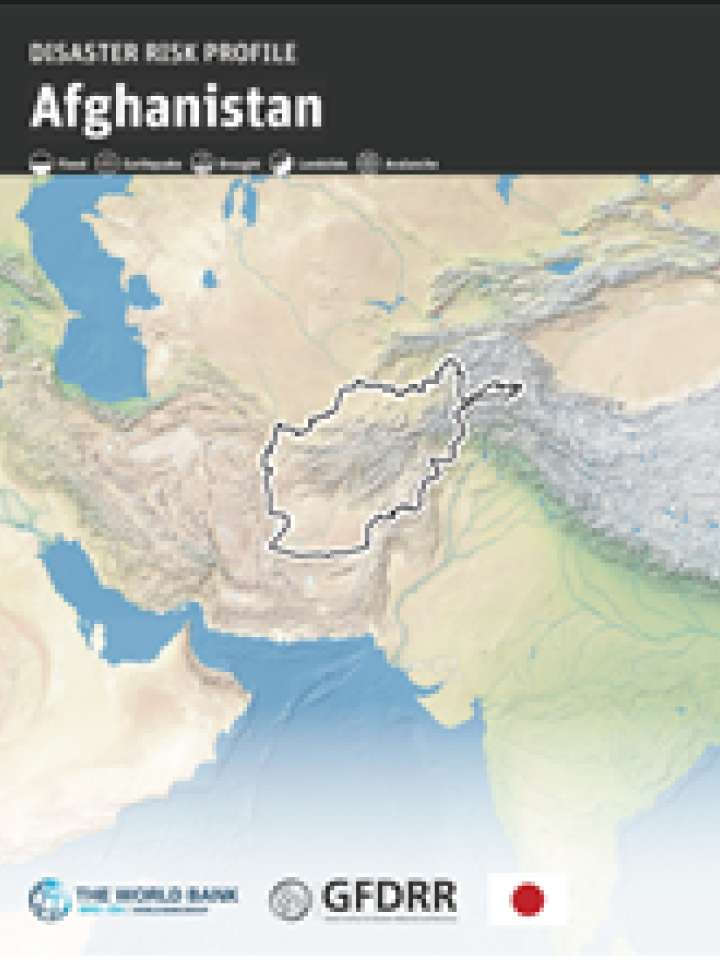Disaster risk profile: Afghanistan
This disaster risk profile for Afghanistan seeks to provide a summary and visualization of the national multi-hazard assessment. The information provides essential data and information for policy decision-making, development planning and infrastructure investments to ensure a more resilient future for Afghanistan. The risk modelling undertaken focused on floods, earthquakes, droughts, landslides, and avalanches.
The country's low level of socio-economic development makes it extremely vulnerable to disasters, resulting in frequent loss of lives, livelihoods, and public and private property. Several factors have contributed to Afghanistan's vulnerability to disasters. Decades of conflict have undermined the country's coping mechanisms and protective capacity. This increases the likelihood that hazard events turn into disasters with large humanitarian and economic consequences.
Disasters also have an impact on fragility and conflict. While natural hazards and disasters do not necessarily cause conflict in and of themselves, natural disasters can exacerbate the challenges people already face in fragile states, create new risks and add stress to an already weakened governance system and fuel grievances.
This report presents the following six recommendations:
- To mitigate risks to development and strengthen resilience, investments in Afghanistan should incorporate information on natural hazards in planning, design and implementation;
- Strengthening dikes upstream and retrofitting houses would improve flood protection in cities; one new embankment in Kabul could reduce flood damages by $600,000 per year;
- Retrofitting schools for earthquakes throughout Afghanistan would reduce potential economic losses by 60%, and reduce fatalities by 90%;
- More effective water management could reduce water shortages due to drought; canals and irrigation systems could improve access to water for the agricultural sector; diversifying livelihoods, and improving the effectiveness of agricultural practices could increase agricultural productivity;
- Retention structures, concrete galleries over roads, and early warning systems can be effective in reducing avalanche risk;
- Reforestation and landslide retention structures such as nets can reduce the triggering of landslides during heavy rain or earthquakes.
Explore further
